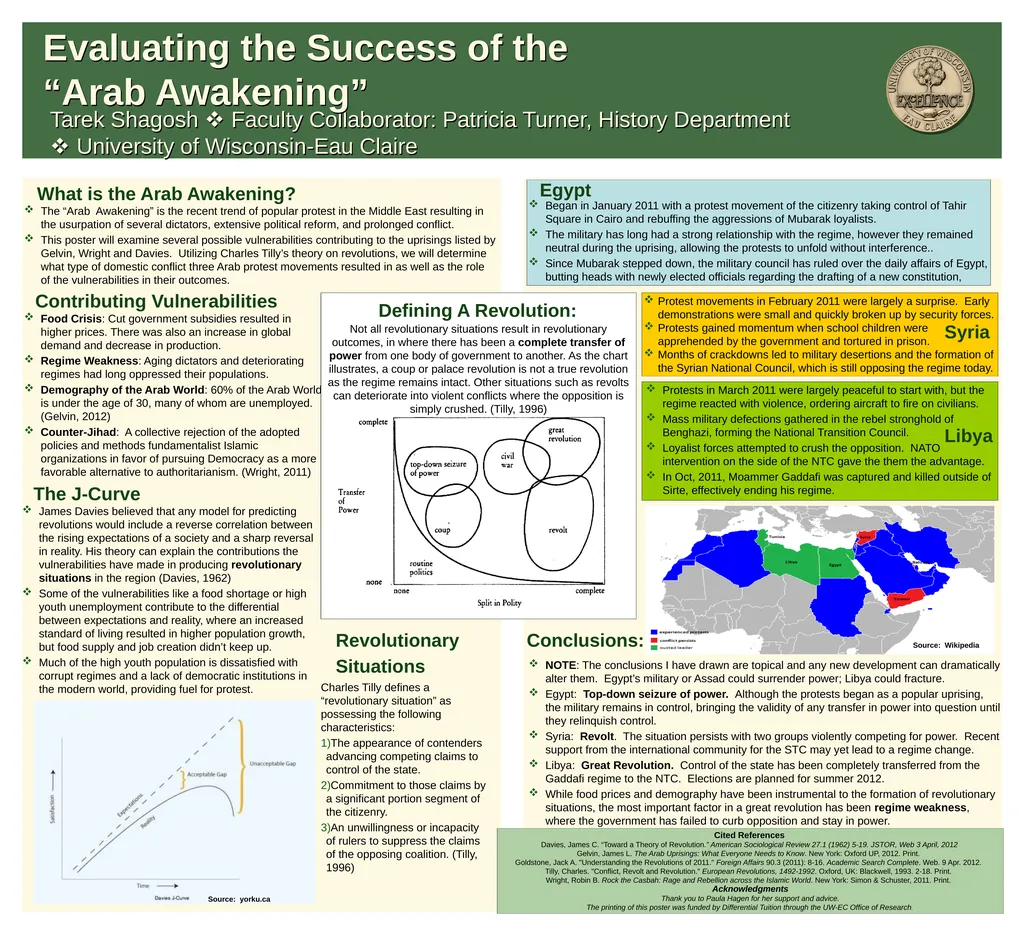
What is the Arab Awakening? Egypt Defining A
Author: tatiana-dople | Published: 2025-07-18
Description: What is the Arab Awakening? Egypt Defining A Revolution: Tarek Shagosh Faculty Collaborator: Patricia Turner, History Department University of Wisconsin-Eau Claire The Arab Awakening is the recent trend of popular protest in the
Download Presentation
Download the PPT/PDF: Download
Transcript:
Loading transcript…